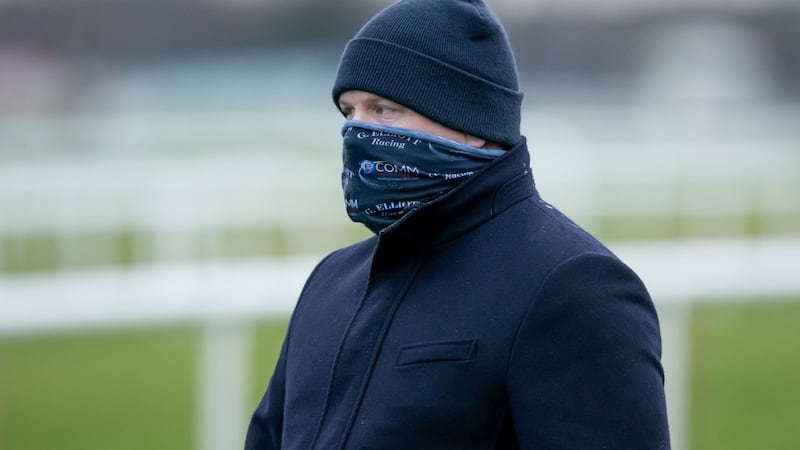Many viewers of Monday night’s BBC Panorama programme, ‘The Dark Side of Horse Racing,’ that examined the painful subject of racehorses being euthanised will have been shocked by scenes in an abattoir that appeared to represent incompetence at best and cruelty at worst.
Some might agree with the Animal Aid animal rights organisation - which provided film for the programme and wants racing banned - that phrases such as ‘euthanised’ are often an anodyne description of a sinister process.
Watching how badly a dark task was sometimes carried out at the abattoir featured in the programme will have made more than just the squeamish turn away in disgust.
Only the witless could fail to be moved by the plight of animals that so many people care deeply about as a breed.
What the programme didn’t try to do is argue that that dark task isn’t necessary sometimes.
Euthanising animals can be a valid course of action. It’s a hard fact but a fact nonetheless, provided it is carried out properly and as humanely as possible.
Organisations such as the ISPCA recognise that sometimes there is no other course of action after all other options such as re-homing and re-tasking have been exhausted. Too often the alternative can be disgusting neglect.
There are a lot of reasons why racehorses end up in such a situation, ranging from serious injury to simply not being suitable for a change of pace or career. Re-homing a half tonne of thoroughbred is not as straightforward or economic as finding a good home for a dog. Sometimes there is no option.
But the standards in place for carrying out the task need to be guaranteed.
For many others the really disturbing element to the programme was its claim of 4,000 racehorses being euthanised in British and Irish abattoirs through 2019 and 2020.
If that is correct, and if the claim that most were at some point owned and trained in Ireland is correct, it’s a statistic that leaves Irish racing with an urgent challenge.
This country is the biggest producer of foals in Europe. Only Australia and the US produce more globally. Up to 10,000 are produced every year. Most are exported but horses from other countries are imported. There were over 9,000 horses in training here last year.
Such numbers come with responsibility and a duty of care that requires euthanasia to be the final regrettable choice on a list of otherwise more positive options.

Even those with little interest or knowledge of racing can decide for themselves what they don’t like when animal welfare issues are broadcast.
There was widespread revulsion at images that appeared in an RTÉ programme that investigated greyhound racing in 2019. The reputational impact is still being felt by that sector.
Racing and breeding in Ireland is worth €2 billion a year. Through Horse Racing Ireland it will get €76.8 million in state funding this year. Thousands of jobs are also bound up in a sport at which Ireland is an acknowledged world-leader.
Yet, whether it is trainer Jim Bolger’s warnings about drug cheats, or the infamous case of Viking Hoard being ‘nobbled’ by being given 100 times the safe limit of a sedative, the prevailing sense has been of a sport playing catch-up reputational catch-up.
Instead of having actively tried to maintain public confidence, and recognising, if nothing else, the self-interest involved, there has been a sense of Irish racing responding almost grudgingly to such reputational blows.
However the public uproar about the infamous image of Gordon Elliott sitting on a dead horse in February showed the particular depth of feeling that exists in relation to even the perception of cruelty.
Perhaps inevitably that figured prominently in the Panorama programme. So did Ryanair boss Michael O’Leary and a fatality rate among his Gigginstown Stud runners that was striking if correct. However on initial examination it appeared no rules of racing were breached in what was alleged.
But such a programme is another wake-up call to racing here of the importance of public trust in relation to welfare.
There have been significant steps taken in recent years in providing horses new careers and homes after racing. The push however has to be to provide a much more thorough and systemic route for racehorses once they’ve stopped racing. The fear is the surface is currently only being scratched.
That requires finance and meaningful structures generated within an industry itself which is entirely based on these creatures, the vast majority of which receive appropriate duty of care throughout their lives.
Sometimes though, and for a variety of valid reasons, that duty of care involves euthanasia. Racing can’t shy away from that. It can stand over that. But only if able to convincingly argue that it really is a last resort.













